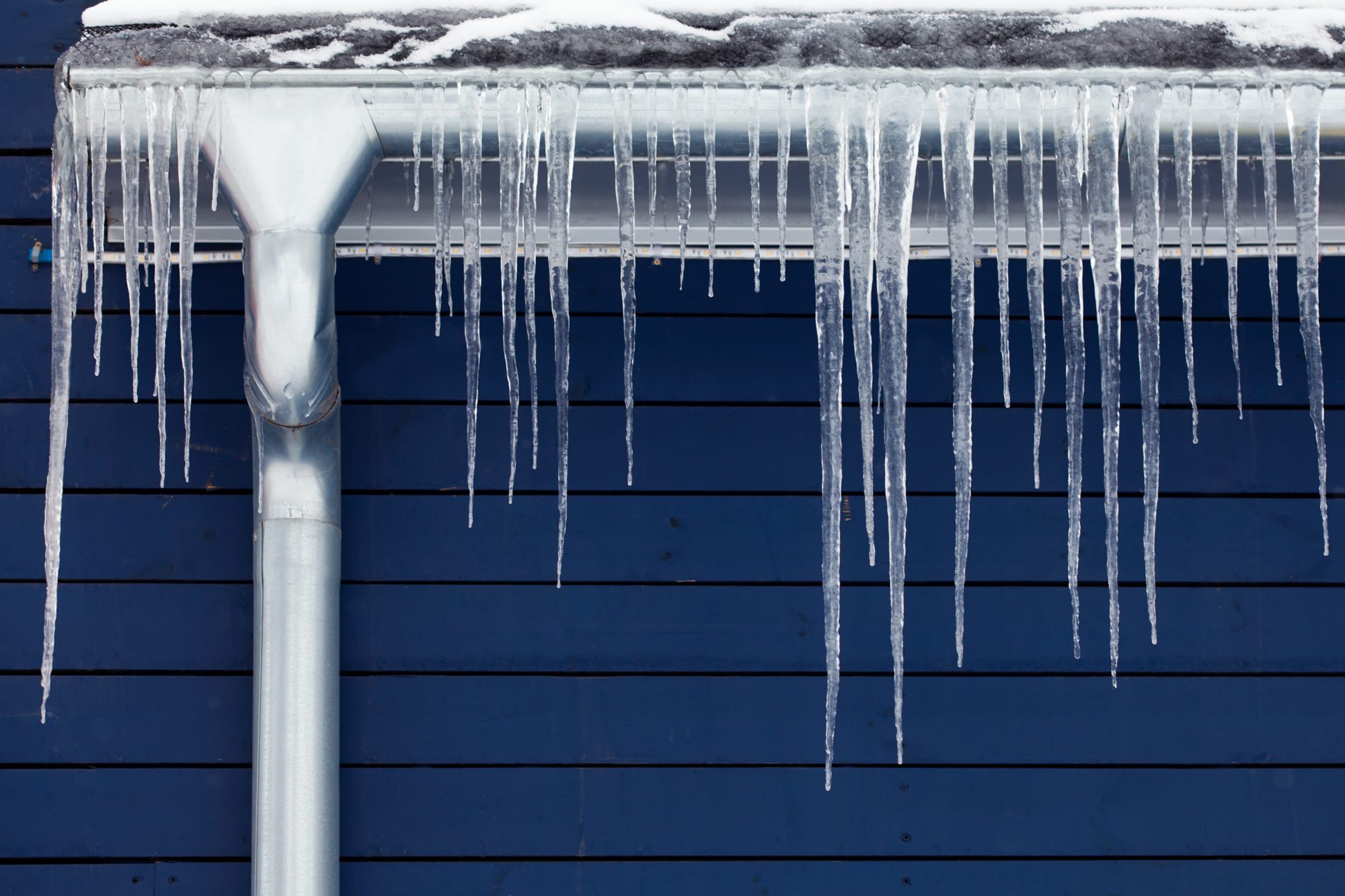Avoiding Frozen Plumbing in Winter: Professional Advice
Avoiding Frozen Plumbing in Winter: Professional Advice
Blog Article
Almost everyone may have their own thinking involving Winter Plumbing Precautions: Preventing Frozen Pipes.

Winter can wreak havoc on your pipes, particularly by freezing pipelines. Here's exactly how to prevent it from taking place and what to do if it does.
Introduction
As temperatures decline, the risk of frozen pipelines increases, potentially bring about costly repair services and water damages. Comprehending exactly how to avoid icy pipes is important for home owners in cold climates.
Prevention Tips
Protecting prone pipes
Wrap pipes in insulation sleeves or utilize warm tape to secure them from freezing temperatures. Focus on pipes in unheated or exterior locations of the home.
Home heating strategies
Keep interior spaces sufficiently heated, especially locations with plumbing. Open cabinet doors to permit warm air to circulate around pipelines under sinks.
How to identify icy pipelines
Search for lowered water circulation from taps, unusual smells or noises from pipelines, and noticeable frost on exposed pipes.
Long-Term Solutions
Structural changes
Consider rerouting pipes far from outside walls or unheated locations. Include extra insulation to attic rooms, cellars, and crawl spaces.
Upgrading insulation
Purchase top quality insulation for pipelines, attic rooms, and walls. Appropriate insulation assists keep constant temperature levels and minimizes the risk of frozen pipelines.
Safeguarding Outside Pipes
Garden pipes and outside taps
Detach and drain pipes yard hose pipes prior to wintertime. Set up frost-proof spigots or cover outdoor faucets with shielded caps.
Understanding Icy Pipelines
What triggers pipelines to ice up?
Pipelines ice up when revealed to temperature levels listed below 32 ° F (0 ° C) for prolonged periods. As water inside the pipes ices up, it broadens, putting pressure on the pipeline wall surfaces and potentially creating them to burst.
Threats and damages
Frozen pipelines can result in supply of water disturbances, residential or commercial property damages, and expensive fixings. Ruptured pipes can flooding homes and trigger substantial architectural damages.
Signs of Frozen Pipes
Determining icy pipelines early can avoid them from breaking.
What to Do If Your Pipelines Freeze
Immediate activities to take
If you believe frozen pipelines, keep taps open up to ease pressure as the ice melts. Utilize a hairdryer or towels soaked in hot water to thaw pipelines gradually.
Conclusion
Preventing icy pipes calls for positive procedures and quick actions. By comprehending the reasons, indications, and safety nets, house owners can shield their pipes throughout winter.
6 Proven Ways to Prevent Frozen Pipes and Protect Your Home
Disconnect and Drain Garden Hoses
Before winter arrives, start by disconnecting your garden hoses and draining any remaining water. Close the shut-off valves that supply outdoor hose bibs and leave the outdoor faucet open to allow any residual water to drain. For extra protection, consider using faucet covers throughout the colder months. It’s also important to drain water from any sprinkler supply lines following the manufacturer’s directions.
Insulate Exposed Pipes
Insulating your pipes is an effective way to prevent freezing. Pipe insulation is readily available at home improvement stores and is relatively inexpensive. Pay close attention to pipes in unheated areas such as the attic, basement, crawl spaces, or garage. Apply foam insulation generously to create a buffer against the cold. You can also wrap your pipes in heat tape or thermostat-controlled heat cables for added warmth.
Seal Air Leaks
Inspect your home for any cracks or openings that could let in cold air. Seal any holes around the piping in interior or exterior walls, as well as the sill plates where your home rests on its foundation. Additionally, make sure to keep your garage door closed unless you’re entering or exiting. Leaving it open creates a significant air leak that can lead to frozen pipes.
Allow Warm Air Circulation
During cold snaps, it’s essential to allow warm air to circulate evenly throughout your home. Leave interior doors ajar to promote better airflow. Open kitchen and bathroom cabinets to help distribute heat consistently around the rooms. If you have small children or pets, be sure to remove any household chemicals or potentially harmful cleaners from open cabinets for safety.
Let Faucets Drip
A small trickle of water can make a big difference in preventing ice formation inside your pipes. When temperatures drop significantly, start a drip of water from all faucets served by exposed pipes. This continuous flow helps prevent the water from freezing. Additionally, running a few faucets slightly can relieve pressure inside the pipes, reducing the chances of a rupture if the water inside does freeze.
https://choateshvac.com/6-proven-ways-to-prevent-frozen-pipes-and-protect-your-home/

I came across that page about Preventing and dealing with frozen pipes when browsing on the internet. Feel free to take the opportunity to promote this blog post if you appreciated it. Thanks for taking the time to read it.
Call Today Report this page